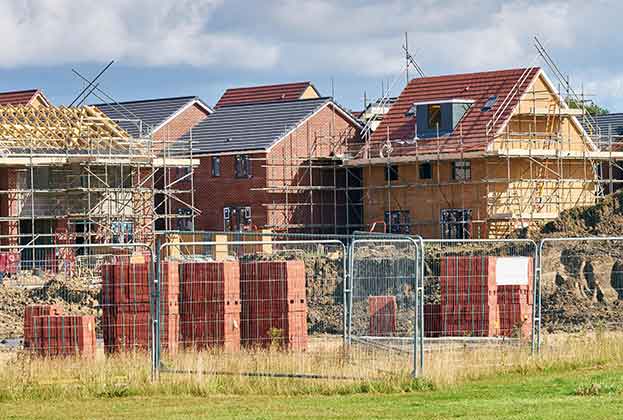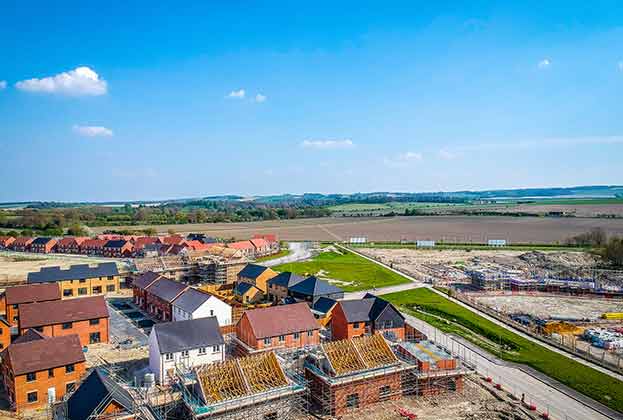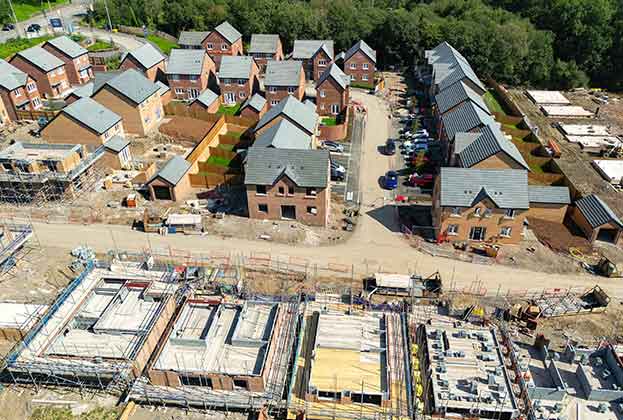Bedroom too hot and stuffy for a good night’s sleep? Open a window. Passing traffic keeping you awake? Close it again.
It’s a Catch-22, and the dual requirement for new housing to be comfortable for occupants both in terms of temperature and noise levels is a key consideration for developers and planners. Ventilating new homes in noisy areas has always been an issue but now we formally have overheating to consider.
The Building Regulations have been amended to include a Part O which comes into effect in England on 15 June 2022. This addresses overheating – an increasing problem for new build schemes – and is likely to have significant implications for the design of future developments in noisy locations.
To comply with Approved Document O: Overheating (ADO), homes can either provide simple minimum free areas of ventilation – in other words windows that open – or developers can undertake thermal dynamic modelling. The latter takes into consideration mitigating effects such as shading, the type of glazing used, ventilation louvres in external walls, and potentially mechanical ventilation and mechanical cooling (air conditioning).
However, in many cases the open window route will result in internal noise levels above accepted guidelines, potentially significantly affecting residents’ health and wellbeing. Consequently, in order to meet ADO standards and provide a reasonable level of residential amenity, the design of future housing may require substantial modifications compared with that of a standard or typical dwelling, possibly including mechanical ventilation (with or without heat recovery) and mechanical cooling.
This is more likely for residential developments in noisier areas, for example, close to a strategic transport network, and deemed at high risk of overheating (urban and some suburban parts of London), and homes without cross-flow ventilation.
The ADO states that buildings should use passive means (or openings) to meet the requirements as far as reasonably practicable. For some new homes, however, air conditioning may no longer be a mod con but a modern day necessity.
For a more detailed overview click here.
.jpg)



.jpg)


.jpg)

.jpg)
